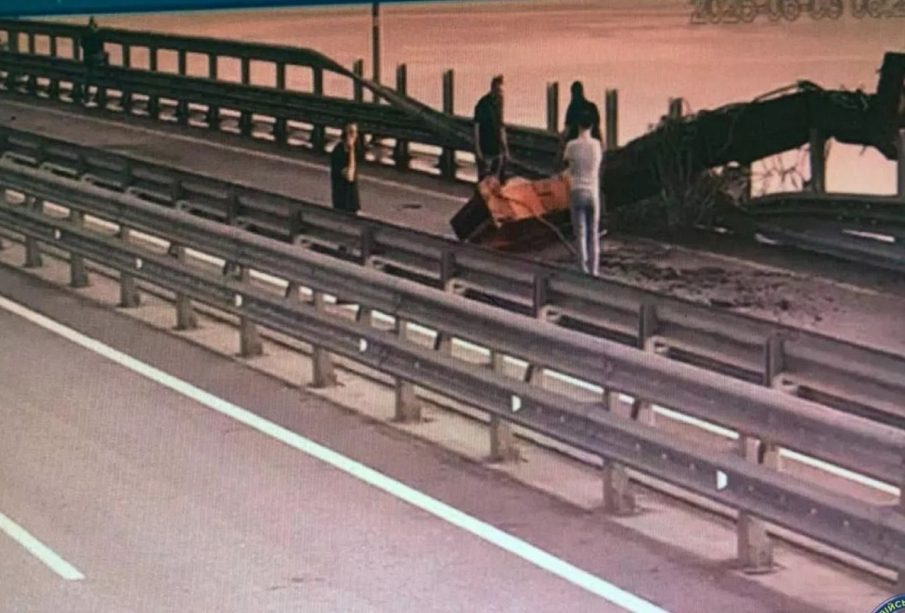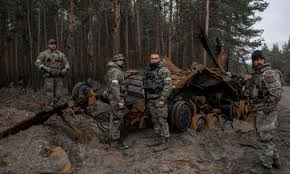The Kerch Bridge: Connecting Crimea and Russia

Introduction
The Kerch Bridge, completed in 2018, stands as a critical infrastructure project linking Crimea to mainland Russia. This bridge, spanning the Kerch Strait, is not only a feat of engineering but also plays a crucial role in the geopolitical landscape of the region. Its relevance increased following the annexation of Crimea by Russia in 2014, as it serves to highlight the strategic importance of the area amidst ongoing tensions.
Significance of the Kerch Bridge
The Kerch Bridge, measuring 19 kilometers in length, is the longest bridge in Europe and serves both road and rail traffic. The construction involved thousands of workers and sophisticated technology to withstand harsh weather conditions in the Black Sea region. Following its official opening, the bridge has significantly impacted transportation between Crimea and Russia, facilitating the movement of goods, military forces, and civilian traffic.
Current Events and Developments
Recent events concerning the Kerch Bridge have drawn global attention. In October 2022, an explosion damaged part of the structure, prompting security concerns and discussions regarding its vulnerability. The incident underlined the ongoing instability in the region and the strategic implications for both Ukraine and Russia. Despite the damage, Russian authorities have made swift efforts to restore the bridge, but questions remain about its long-term stability and security in light of potential future conflicts.
Geopolitical Implications
The bridge’s role transcends transportation; it is symbolic of Russia’s claims over Crimea and its intentions in the Black Sea. For Ukraine, the bridge represents an ongoing challenge, as it symbolizes the territorial disputes and the effects of Russian expansionism. The international community remains divided on how to address these territorial issues, with sanctions and diplomatic efforts continuing to play out against the backdrop of the conflict.
Conclusion
As the situation in Ukraine remains unpredictable, the Kerch Bridge continues to serve as a focal point in the discourse surrounding Crimea. Its importance as a transportation link is matched by its broader geopolitical significance. The bridge exemplifies the complexities of infrastructure in conflict zones, wherein the built environment can become a battleground for narratives and power. For readers, understanding the implications of such structures can provide deeper insights into the ongoing tensions in Eastern Europe and the continuing struggle for influence in the region.









